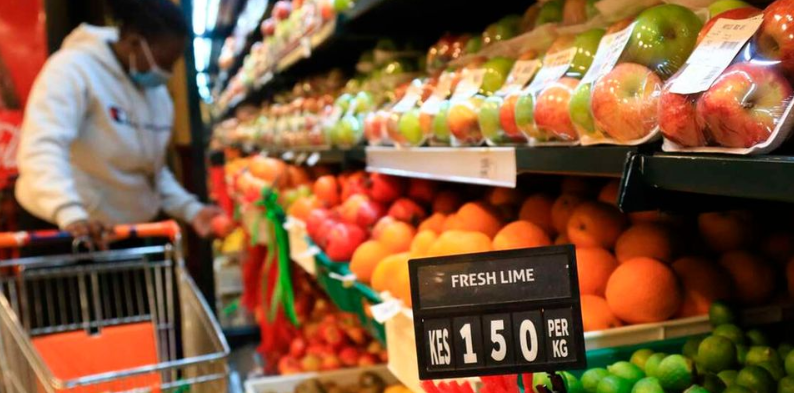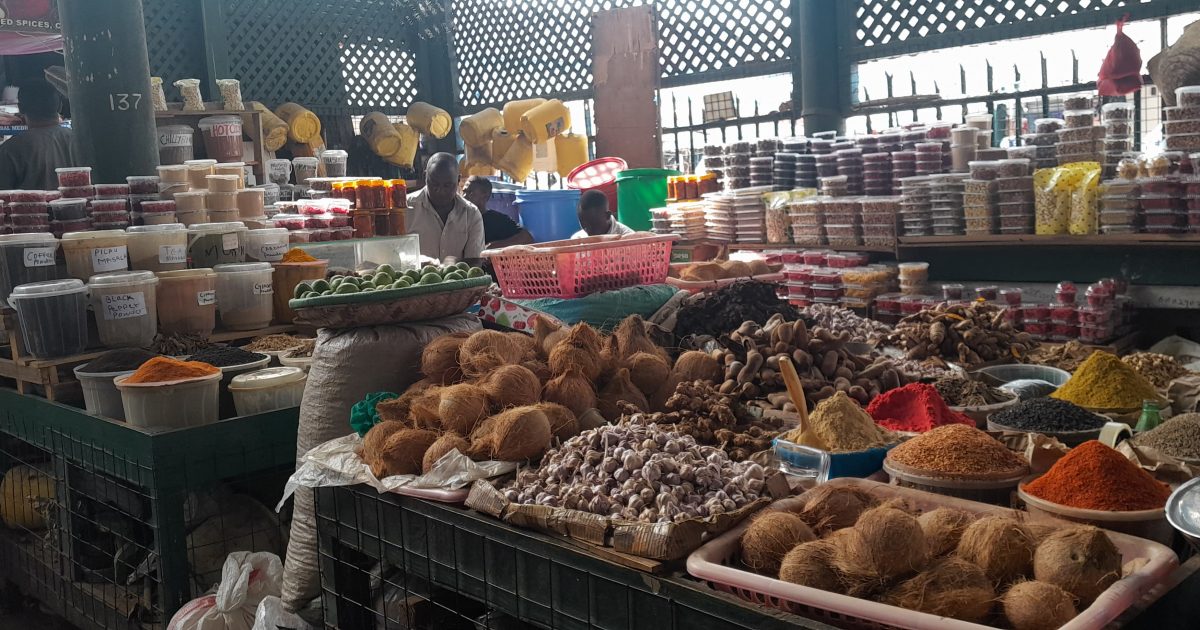Kenyans increase spending in April to June, but cut down on non-essentials - survey

The additional spending was mainly driven by women and consumers aged between 26 and 35.
In the three months leading up to June this year, most Kenyans increased their spending while simultaneously reducing their purchase of non-essential items in order to cope with the challenging economic conditions.
According to the Q2 consumer spending index by financial service provider ICEA Lion, approximately 77 per cent of respondents surveyed in the country's major cities raised their spending in the period under review on account of goods' price increases.
More To Read
- Millions of Kenyans facing financial hardship as cost of living outpaces wages – report
- Inflation rises to 4.5 per cent in August, driven by food, transport prices
- Mbadi gives counties 30 days to integrate payrolls with IPPD
- Kindiki welcomes CBK lending rate cut, says economy on recovery path
- Food prices expected to decline despite inflation rise, CBK survey reveals
- Over one billion Africans unable to afford healthy diet, UN report warns
This is compared to the 23 per cent who indicated that they spent more due to purchasing additional goods.
Compared to the previous quarter, individual spending trends improved by 11 per cent in the period under review.
The additional spending was mainly driven by women and consumers aged between 26 and 35.
Conversely, among those reporting decreased spending, 70 per cent noted buying fewer goods as the reason, while 30 per cent attributed it to lower prices of goods.
Generally, the index says a minimum of 32 per cent of individuals tend to cut out non-essential expenses when faced with rising prices of goods, while 22 per cent opt to dig into savings.
"Additionally, 20 per cent will reduce the non-essential spending, while 12 per cent seek supplementary income through additional employment," the report reads.
"Borrowing and utilising available credit options comprise 13 per cent of respondents' strategies for coping with price increases."
 Traders sell various food items at the Marikiti Market in Mombasa County, at the start of the holy month of Ramadan on March 11, 2024. (Photo: Farhiyia Hussein)
Traders sell various food items at the Marikiti Market in Mombasa County, at the start of the holy month of Ramadan on March 11, 2024. (Photo: Farhiyia Hussein)
Speaking during the presentation of the survey findings, Richard Muriithi, the senior portfolio manager at ICEA LION Asset Management said the increased spending during the quarter saw the consumer spending index rise by 5.5 per cent.
"This was mainly driven by a rise in individual spending that offset static retail business sales trends," Muriithi said.
He added that the reduction in goods being purchased may be driven by substitution for cheaper products and possibly not spending at all.
Notably, the move to cut down on spending was primarily driven by flat incomes over the review period.
Half of the respondents indicated static income levels over the last year, while 30 per cent reported lower income and less than 20 per cent saw their incomes rise in the second quarter of 2024 compared to the same period in 2023.
This represented a deterioration from the first quarter of 2024, when 25 per cent of respondents noted increases and decreases in their income, respectively.
Respondents working in the manufacturing and education sectors had the highest proportions of improved incomes, while those in the trade, transport, and logistics sectors had the largest proportion of reduced incomes.
The prospect for the coming quarter shows that 85 per cent of the respondents anticipate spending more on essential commodities, while 15 per cent anticipate spending less.
Conversely, 21 per cent anticipate spending more on non-essential items, while 79 per cent expect to spend less on non-essentials during the same period.
Top Stories Today











































